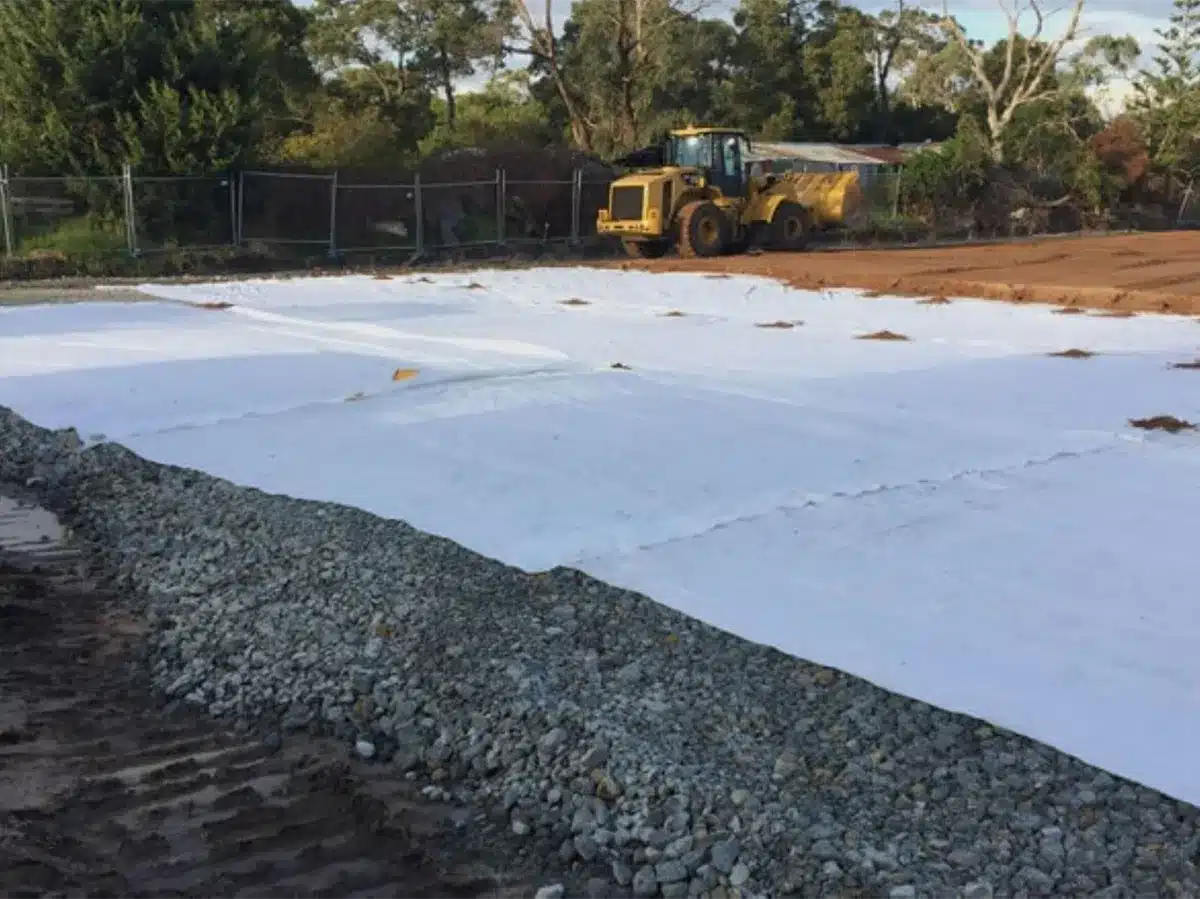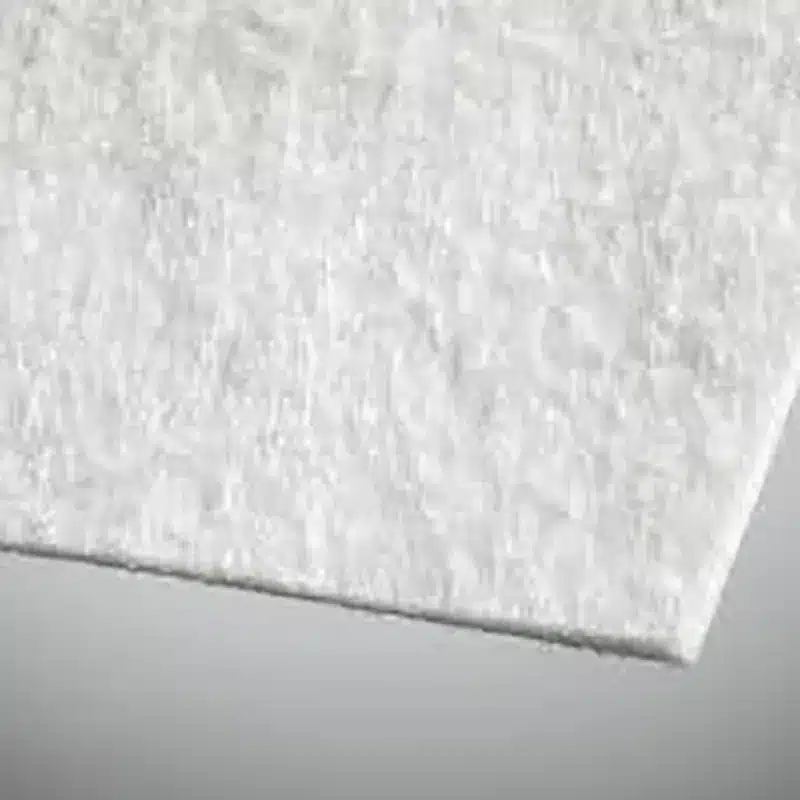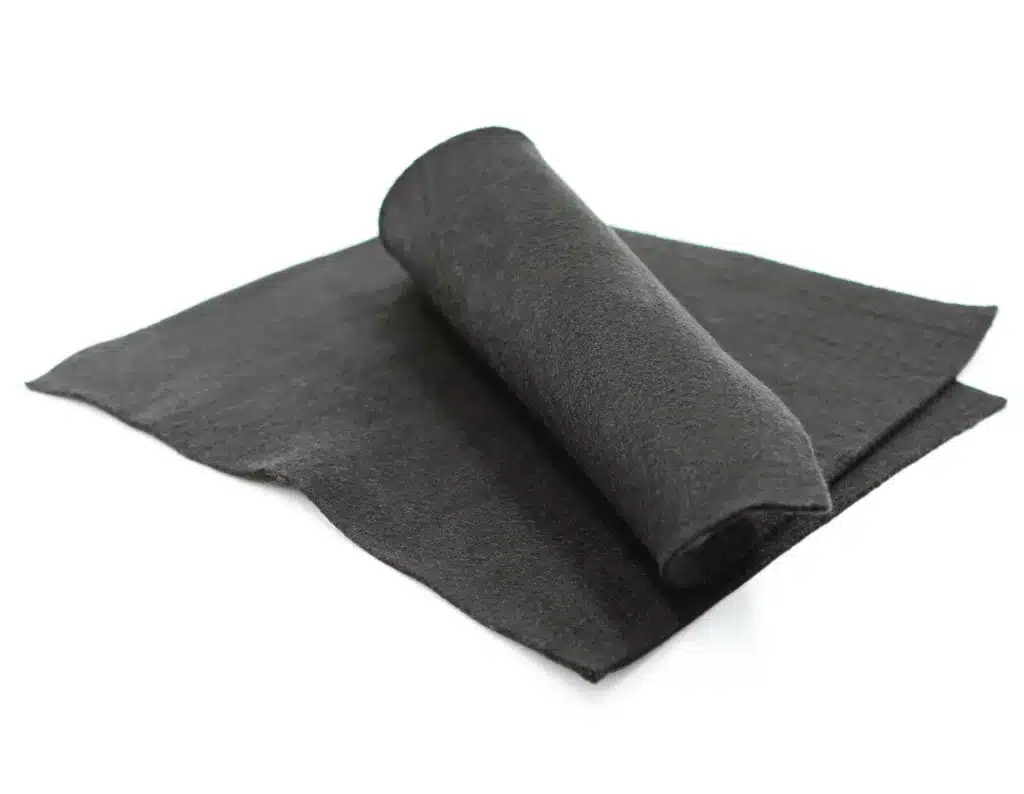Geotextile: Enhancing Structural Integrity and Environmental Sustainability
Geotechnical fabric, often referred to as geotextile, is a groundbreaking material that is reshaping the landscape of civil engineering and environmental management. This versatile fabric is not just about enhancing the mechanical and structural integrity of engineering projects but also offers significant environmental benefits. Through this article, we will delve into what geotechnical fabric is, its applications, purposes, and its environmental footprint, providing a comprehensive look at this innovative material.
What is Geotechnical Fabric?
Geotechnical fabric, also known as geotextile, is a permeable synthetic fabric that plays a crucial role in civil engineering projects. Made from polymers such as polyester or polypropylene, geotextile is available in woven, non-woven, or knitted forms. It serves multiple functions, including reinforcement, stabilization, and filtration. Specifically, these permeable fabrics can filter, separate, reinforce, drain, or protect the soil, enhancing the structural integrity of construction projects. This versatility makes geotechnical fabric indispensable in a wide range of applications, from road construction to erosion control.

How to Use Geotechnical Fabric?
Geotechnical fabric is employed in a variety of ways tailored to specific project requirements. For instance, it can be laid under roadways to stabilize the ground, utilized in retaining walls to prevent soil movement, or placed around drainage areas to enhance filtration. The installation process starts with preparing the bottom layer, or subgrade, according to project specifications. Then, the geotextile fabric is rolled out over this prepared base, cut to size, and secured with staples or pins. Afterward, the top layer of soil, gravel, or concrete is spread over the fabric. This methodical installation ensures both the longevity and effectiveness of the fabric in the project.
What is the Purpose of Geofabric?
The main purpose of geofabric is to enhance the durability and stability of earth-based projects. It achieves this by providing separation between different soil layers, improving soil strength, facilitating moisture movement within the soil, and preventing soil erosion. Geofabric is particularly crucial in areas with soft soils that are susceptible to erosion and degradation, thereby extending the life and safety of the structures built upon them.
Is Geotextile Eco-Friendly?
Geotextiles contribute to environmental sustainability in several ways. They reduce the need for traditional construction materials like aggregate and sand, which in turn decreases quarrying and mining activities. Geotextiles are also durable, reducing the frequency of replacements and the associated environmental impact. Moreover, the use of geotextiles in erosion control and sediment management helps protect natural habitats. While they are made from synthetic materials, the overall benefit to the environment from their application often outweighs this factor.
Geotechnical fabric is a transformative material in the engineering and construction fields, offering robust solutions for stabilization, filtration, and erosion control. Its application not only supports structural integrity but also promotes ecological sustainability. As industries continue to seek environmentally friendly solutions, geotechnical fabric stands out as a key player in achieving these goals. With its versatile applications and sustainability benefits, geotechnical fabric is indeed paving the way for a more stable and sustainable future in construction and environmental management.



Comments
Post a Comment